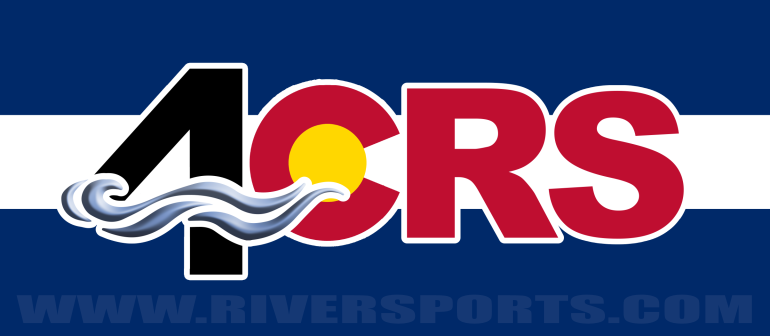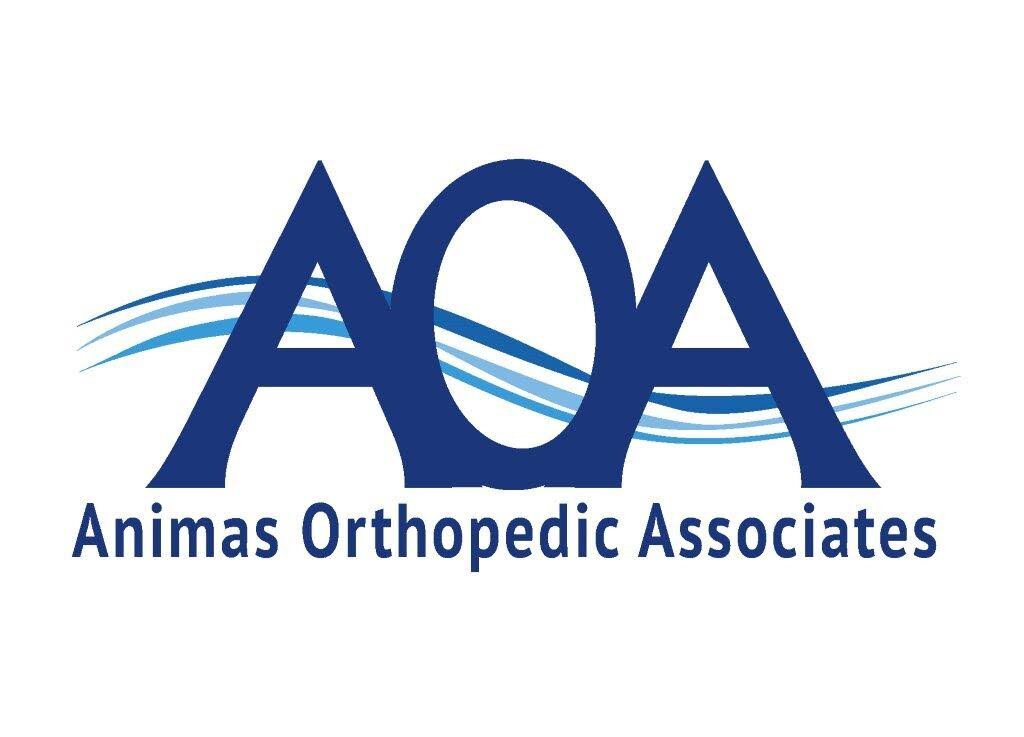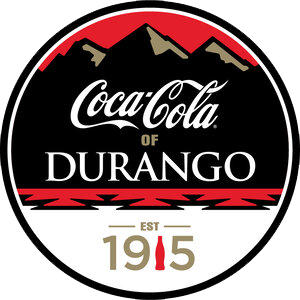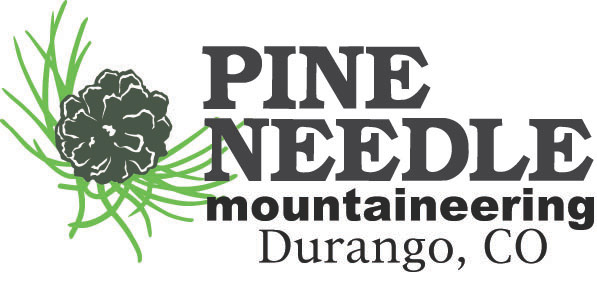The Nitty Gritty of Grooming at DNC
View from the passenger seat of the snowcat.
Grooming perfect corduroy is a complex art and science that is influenced by many factors, including temperature variations, wind, snow type, sun/shade exposure, frequency and amount of snowfall, type of grooming machine and the attached implements, time of day grooming occurs, speed of the machine, experience of the groomers and more. When Durango Nordic’s groomers work on the trails they consider all of these factors.
Grooming, PArt 1: Early Season
The work of getting a perfect ski trail starts long before the snow falls. At Durango Nordic we are nearly through a five-year plan of fall trail work to improve all of our trails. Our long-time partner and supporter, AJ Construction, uses a full-size excavator to remove large rocks and stumps, level the trail, correct the camber, fill in ruts, and change the grade in specific places. We then spread grass seed on the trails to help prevent erosion. It is difficult work as our terrain has so much bedrock that it will never look like a golf course under the snow. On trails that have not had major work in the fall, we go through with a brush hog to remove small aspens and willows.
Once we get our first snowfall, we want to make sure that we don’t lose it. We pack the snow down to get the air out of it and start to make a solid base. This work is done with a snowmobile or our new UTV and roller, which pushes the snow down and packs it rather than dragging the snow off the high spots. Depending on the density of the new snow and the temperature of the ground underneath, a foot of fresh snow only gives us a couple inches of base. We will keep using the roller to pack snow until we have 6 to 8 inches of base. Then we can start dragging our ginzu groomers to level the trail.
The ginzu groomers have teeth that cut down into the surface of the snow. These teeth can be raised or lowered depending on the conditions. With a shallow snowpack, we have to be careful not to overcut with the teeth as that would bring up rocks and dirt to the surface. Teeth set at the same height will cut more on an uphill than on a downhill. With the number of transitions we have at Durango Nordic, the teeth need constant adjustment. And with low snow depth, the ginzu groomer drags snow off the high points on a trail, such as the top of a hill, and deposits it on the low spots. As the base deepens, this problem goes away.
So we are all immensely relieved when we finally get enough snow to be able to take out our wonderful snowcat. In order for that to happen, we need at least a 10- to 14-inch base, which means 3 to 5 feet of snowfall depending on the density of the snow and melting. If we try to groom or even to track pack with the cat before we have enough base, the treads of the cat can cut through the base and flip over the snow, bringing up dirt and rocks to the surface. So we need a good firm solid base before we can even think about using the cat.
The next thing we worry about with the cat is hitting something with our tiller. The tiller is a spinning bar with teeth on it that cuts into the snow to churn it up and knock the air out, or break up ice and leave the snow ready for the back bar to lay down the corduroy that we all love. We can change the depth of cut with these teeth too, and even put upward pressure on the tiller to go very lightly over an area. This tactic prevents damage to the cat but doesn’t result in as good of a skiing surface, so we are always striving for the right balance of cutting depth. If we hit a rock with that tiller we can cause a lot of damage that is very expensive to repair. We need to know where every single potential obstacle is on the trails, so we can lift the tiller, take the pressure off it, or stop it from spinning, depending on the situation. The groomers spend hours discussing various obstacles with each other so they all know where to be most careful.
The blade is the implement attached to the front of the cat and is used mostly to move snow. We can level out trails and fill in dips, but we can also bring in extra snow from the sides of the trails to cover up thin spots if there is enough snow to harvest.
When we have good snow mid winter we put in fresh classic tracks with our snowcat every day. When we first open early season we sometimes don’t have enough coverage to put in classic tracks as we need 6 inches of base to put in a decent track.
Of course all these problems go away if we have a big snowpack. So that is our dream, but not always a reality in the sunny Southwest.
Grooming, PArt 2: Midwinter
Durango Nordic faces unique challenges in grooming Nordic trails, including the amount of sun exposure we have and the fact that our trails are always going from sun to shade and back. We have lots of hills and lots of transitions from up to down hill. And our aspect changes very frequently, from due north to due south and everything in between. All of these factors mean the amount and the consistency of the snow is constantly changing and every different condition optimally requires a different setting on our machines.
A decent trail needs a couple of hours to set up before it gets skied on, so our groomers get up really early to get the trails in shape for the day. When the temperature fluctuates significantly above and below freezing it can be beneficial to groom late in the afternoon when the snow is somewhat melted to let the trail set up overnight. When this is done early morning skiers will experience icy corduroy, but as it warms the trails become nice. If someone skis on those trails just after they have been groomed in the late afternoon, this destroys the corduroy and leaves frozen ski tracks in the snow for the next morning which results in grumpy early morning skiers and dangerous conditions. Late afternoon grooming is not realistic for us frequently because of the number of trail users at that time and the possibility of dangerous conditions the following day.
Assuming no issues, grooming all the trails takes about 5 hours and costs $400 with the cat or 4 hours and costs $120 with the ginzu groomer on the snowmobile. The cat drives slower at roughly 3mph, but with the snowmobile we need to make multiple laps.
Grooming, PArt 3: Spring
Because of the amount of sun we receive, we have significant problems with spring conditions. Areas of our trails that are south-facing receive a lot of sun and subsequently have a lot of melt-freeze action. They can be bulletproof ice in the morning and wet slush by the afternoon. The way to deal with ice is to put the teeth down deep and cut it up, but that also introduces a lot more air into the snowpack, so if we have thin conditions it speeds up the melting process. Sometimes we have to choose between making a better skiing surface or losing coverage. And again, if the snowpack is thin we cannot risk hitting rocks with the tiller, so we are unable to put the teeth down too deep.
In the springtime, every time we put in a new classic track we lose an inch or two of snow as we have to cut the snow pretty deeply with the teeth in order for the new track to go in. That action puts a lot of air and heat into the snowpack and the quality of the track is marginal.










